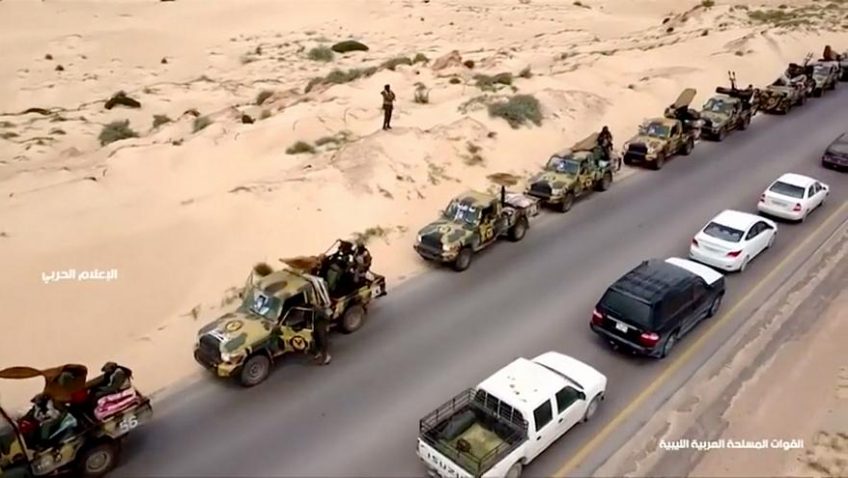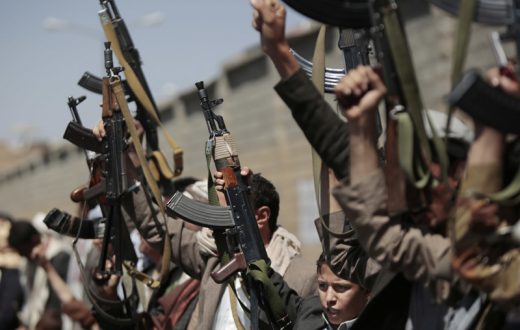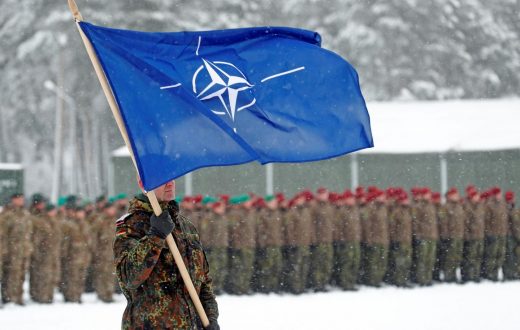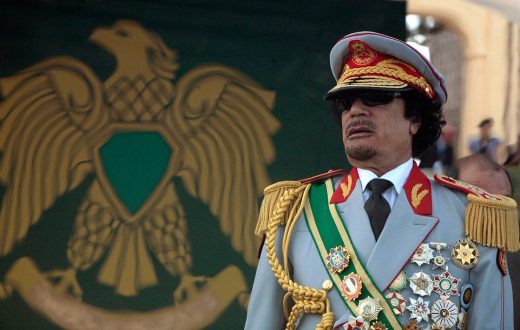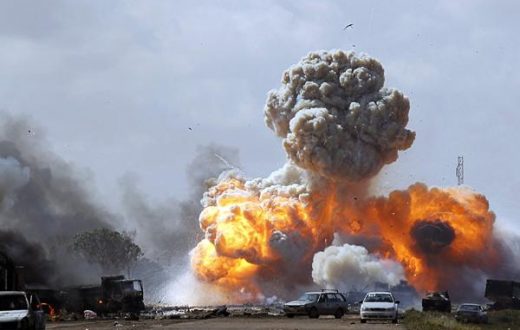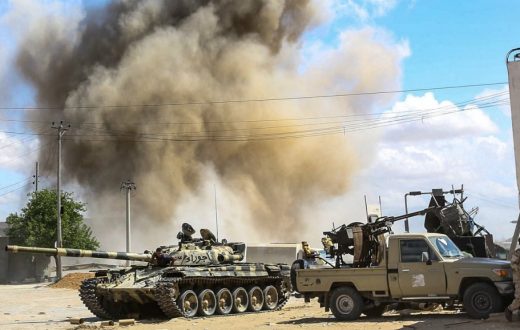How did Lybia get there ?
Libya’s institutions, divisions and power structures are incredibly nuanced, but here is a broad view of the situation.
After the Arab Spring uprisings and the subsequent fall of Muammar Gaddafi in 2011, Libya was forced into a power vacuum and instability. It has since been ravaged by turmoil and strife, splintered across political, military and power lines.
The fractures in the north African state allowed space for a militant uprising.
The strong man from eastern Libya, Marshal Khalifa Haftar saw a campaign through against this rise of Islamist militias in and around Benghazi. It took more than three years to complete and left parts of Libya’s second city in ruins.
Affiliates of the self-styled Islamic State group were expelled from Gaddafi’s home town of Sirte in 2016 by local forces supported by U.S. air strikes. Oil production partially recovered as blockaders were sidelined, and migrant smuggling networks were curbed under strong Italian pressure.
But while power remains split between two main factions, these victories cannot truly come to fruition.
A divided country
Forces of Hafthar, are approaching the capital Tripoli, seat of the Government of National Unity (GNA), raising strong concerns of a military conflagration in this divided country. According to diplomats, the UN Security Council is expected to meet urgently on Friday at the request of the United Kingdom.
Two authorities have been fighting for years for power in this chaotic country: in the west, the GNA led by Fayez al-Sarraj, established in late 2015 by a UN-sponsored agreement and based in Tripoli; in the east, a rival authority controlled by the Libyan National Army (LNA), self-proclaimed by Marshal Khalifa Haftar. On Thursday evening, LNA forces took position on a security roadblock 27 km west of the Libyan capital Tripoli, according to an AFP journalist. At least 15 pick-ups armed with anti-aircraft guns and dozens of men in military uniforms took up position at this checkpoint known as “Bridge 27”.
Earlier, Haftar had ordered his forces to “advance” towards Tripoli. “The time has come,” said the Marshal, ordering his loyal troops to “advance” on Tripoli in a sound message, promising to spare civilians, “state institutions” and foreign nationals.
On the GNA side, Prime Minister Fayez al-Sarraj ordered his troops on Wednesday evening to be ready to “face any threat”. Powerful armed groups in the western city of Misrata, loyal to the GNA, said on Thursday they were “ready[…] to stop the cursed advance” of the pro-Haftar, asking Sarraj to give its “orders without delay”. On Thursday evening, the Tripoli Protection Force, a coalition of pro-GNA tripolitan militias, announced on its Facebook page the launch of an anti-Haftar operation.
Emergency meeting
In a joint statement, Washington, Paris, London, Rome and Abu Dhabi called on Thursday on “all Libyan” parties to bring down tensions “immediately”. The UN Security Council is scheduled to meet urgently on Friday evening at the request of the United Kingdom to discuss the Libyan situation, diplomats said.
This rise in tensions coincided on Thursday with the second day of UN Secretary General Antonio Guterres’ visit to the country. During a press conference in Tripoli, he made a “firm call” for “the cessation of all military movements,[…] restraint, calm and de-escalation, both military and political”. “There is no military solution in Libya. The solution must be political,” he repeated.
Translated with www.DeepL.com/Translator

